Uncover the Essential Reasons Behind LED Light Malfunctions
Several factors can contribute to the malfunctions of LED lights, including a faulty driver (the power supply), loose wiring connections, incompatible dimmer switches, or intrinsic issues with the LED module itself.
In Australia, it is essential to hire a licensed electrician to conduct a thorough inspection of any mains-voltage connections. This not only ensures safety but also guarantees compliance with local regulations, thereby protecting your home and your investment.
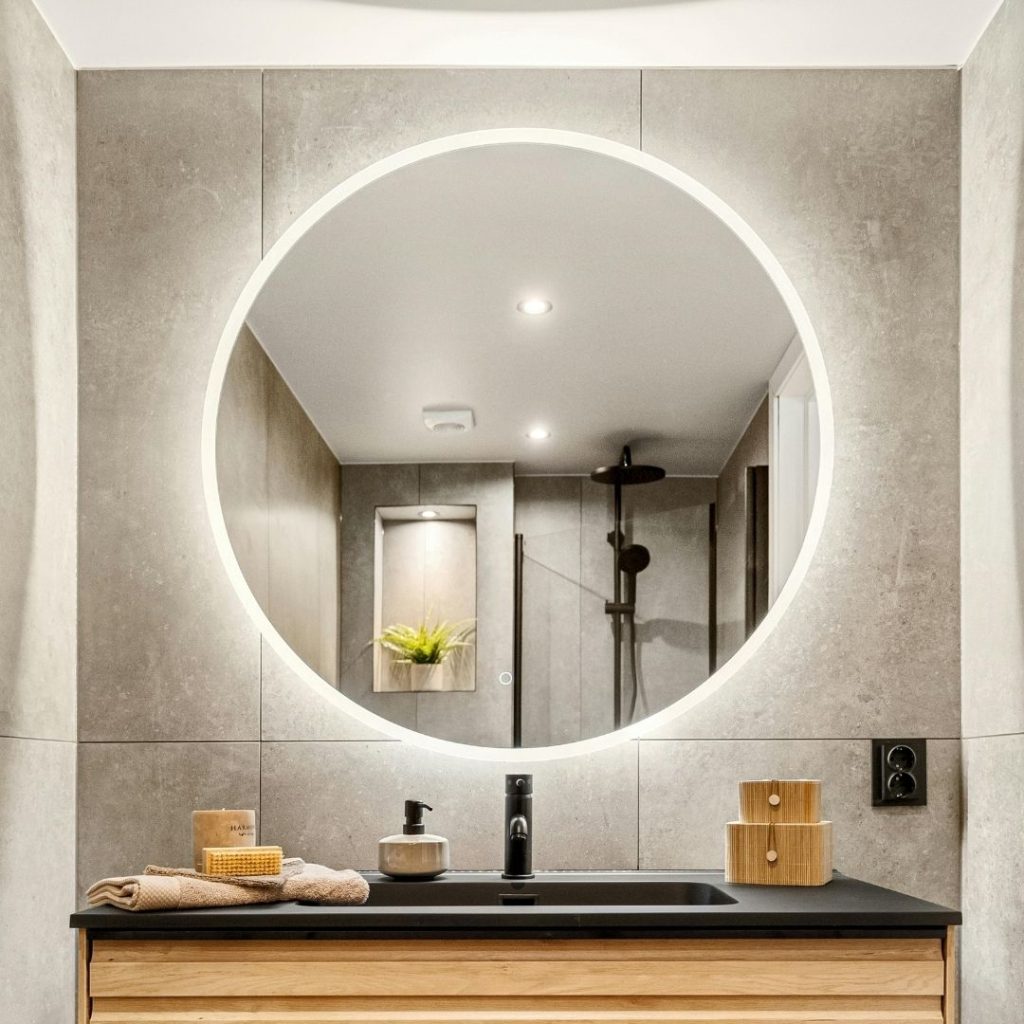
Discover Common LED Lighting Problems and Effective Solutions
While LEDs are renowned for their remarkable energy efficiency and reliability, there are instances when they may not function as expected. Frequently, the issue is not with the LED unit itself, but rather with related components or mistakes made during installation.
In the following sections, we will delve into the prevalent challenges associated with LED lighting and offer practical solutions. Furthermore, we will underscore the scenarios that necessitate professional assistance from a local electrician in Melbourne’s outer eastern suburbs.
1. Assess the Power Supply and Driver for Possible Failures
Many LED lights depend on a driver (or transformer) that converts mains voltage (230–240 V) into the appropriate low voltage needed for LED modules to function correctly. If this driver fails, the LED may not light up at all, or it could flicker erratically.
Steps for Troubleshooting:
- Verify that the switch or automatic circuit breaker is turned on.
- If visible, examine for signs of driver burnout or any physical damage.
- Reflect on any recent changes made to your lighting system, such as the installation of dimmers or extending the run length of strip lighting beyond what the driver can handle.
- In Australia, ensure that all components adhere to lighting product standards like AS/NZS 62560, particularly for mains voltage LED lamps, and have a licensed electrician oversee any direct mains wiring.
When to Seek Professional Help:
If you find that the driver is defective or that the wiring has been altered, it is crucial to consult a licensed electrician to resolve the issue. Connecting LED modules directly to mains power without the necessary driver or safety measures violates regulations and poses significant hazards.
2. Examine Loose or Poor Electrical Connections
A prevalent cause of LED lights not functioning correctly is compromised connections. This issue may arise from loose terminal blocks, damaged wire ends, or degraded connections within walls or junction boxes, all of which can interrupt the flow of electricity and lead to malfunction.
- Always disconnect the power at the switchboard before conducting any inspections.
- Check terminal blocks for tightness and look for visible signs of overheating, such as brown marks or melted plastic.
- Inspect connectors located in strip lights, downlights, or under-cabinet lighting systems.
- Ensure that ceiling roses or junction boxes have not been altered without maintaining proper connections.
Why This Matters:
Loose connections can increase electrical resistance, generate excessive heat, and lead to premature failure of the LEDs, potentially creating a fire hazard. According to the wiring rules (AS/NZS 3000:2018), all electrical terminations must be secure to ensure both safety and compliance.
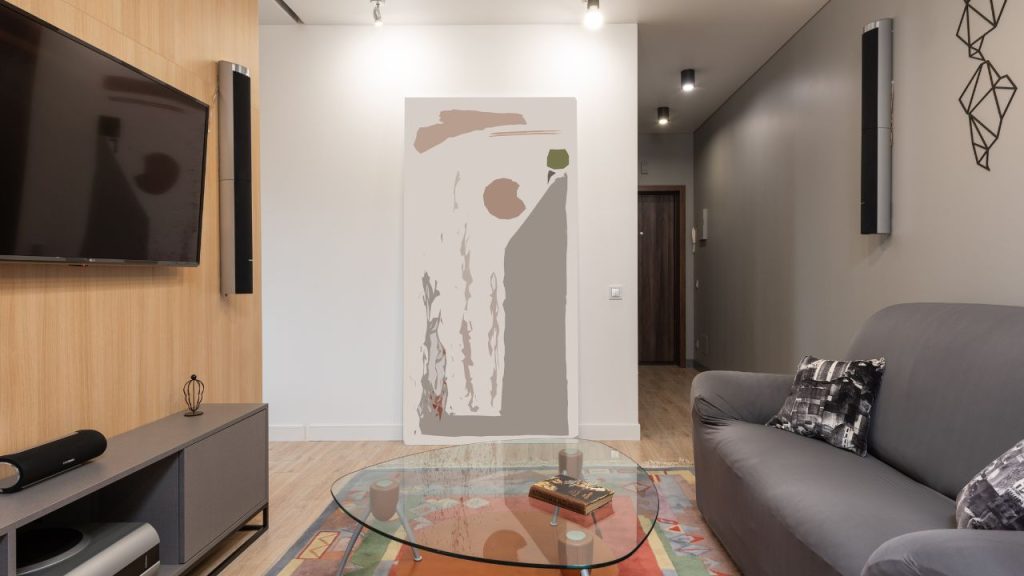
3. Ensure Compatibility of Your Dimmer or Control System with LED Technology
If your LED lights flicker, buzz, or do not illuminate when connected to a dimmer circuit, it is highly likely that the dimmer is not compatible with LED loads. Many older dimmers were designed for incandescent or halogen bulbs and are unable to handle the lower wattage draw of LEDs.
- Consider upgrading to a dimmer specifically rated for LED lighting.
- If you are utilizing smart lighting systems, ensure that the driver and control device are compatible with each other.
- For strip lighting applications, verify that the controller or remote can handle the appropriate voltage and current requirements.
Pro Tip: If the light completely turns off when the dimmer is set to full brightness, this is a strong indicator that the dimmer is not suitable for that specific LED load.
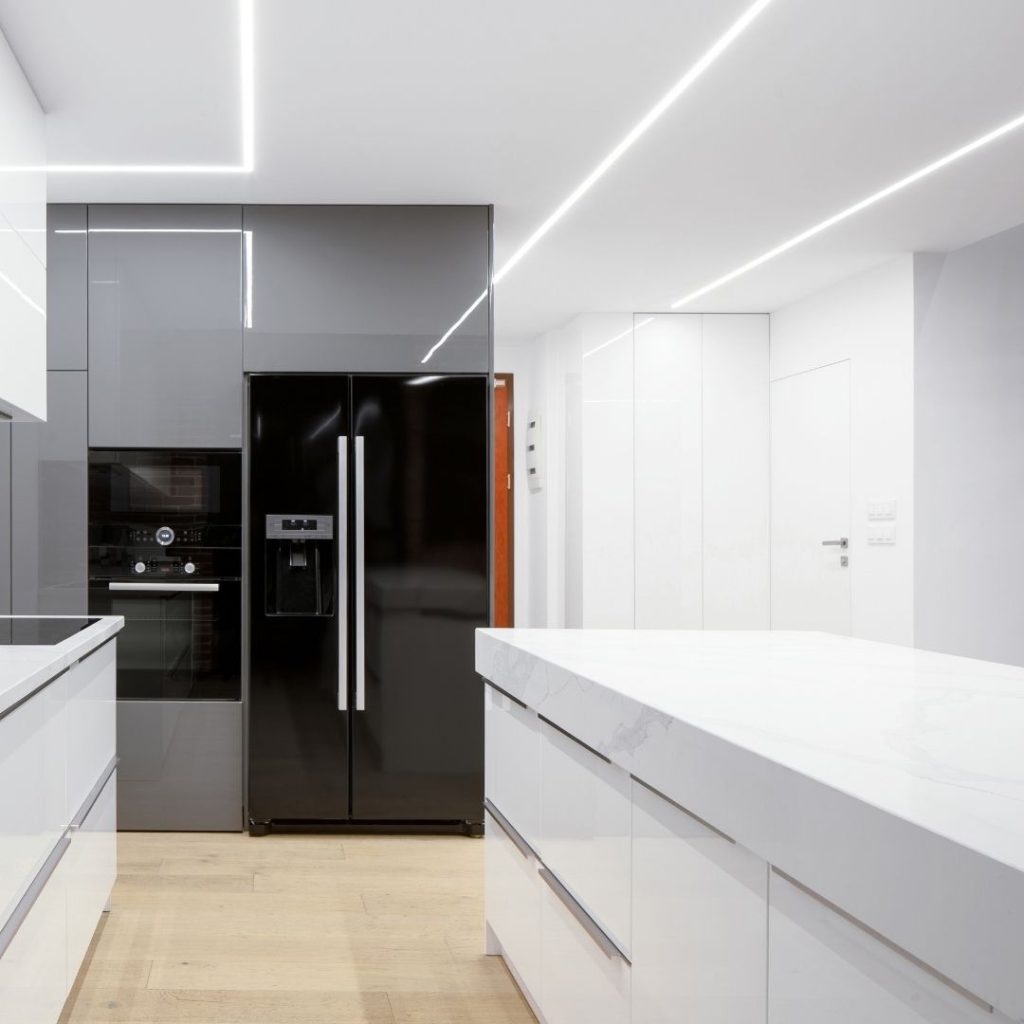
4. Evaluate Length of LED Strip Runs and Heat-Related Issues
While LED strip lights offer a versatile lighting solution, they come with specific limitations. Long runs can result in voltage drops, causing the modules at the far end to fail, or the adhesive backing may detach in warm or damp conditions.
What to Verify:
- Ensure that strip runs comply with the maximum length recommended by the manufacturer.
- In outdoor or moisture-prone areas, use appropriately rated IP-rated strips and drivers for enhanced safety.
- Confirm that heat is not being trapped behind the strips; recessed or enclosed channels must allow for adequate cooling.
- Inspect the adhesive mounts for cleanliness; if the strips have fallen, connections may have been compromised.
Importance in Australia: Lighting product regulations stipulate that fixtures and strips must be properly certified and installed by qualified professionals when integrated into mains circuits, ensuring compliance with safety standards.
5. Investigate Potential Failures in Your LED Modules or Chips
In rare cases, the LED modules themselves may fail, especially if they have been exposed to overheating, over-current conditions, or improper installation practices.
If one section of modules is dark while others are functioning correctly, and you have ruled out power supply and connection issues, it may be necessary to replace the affected modules.
- If the system is still under warranty, ensure that replacement modules or strips are installed according to the original specifications.
- When replacing, check that the new modules match the original specifications for voltage, colour temperature, and current requirements.
- If the replacement necessitates modifications to wiring or switching drivers, a licensed electrician should perform this work to ensure compliance and safety.
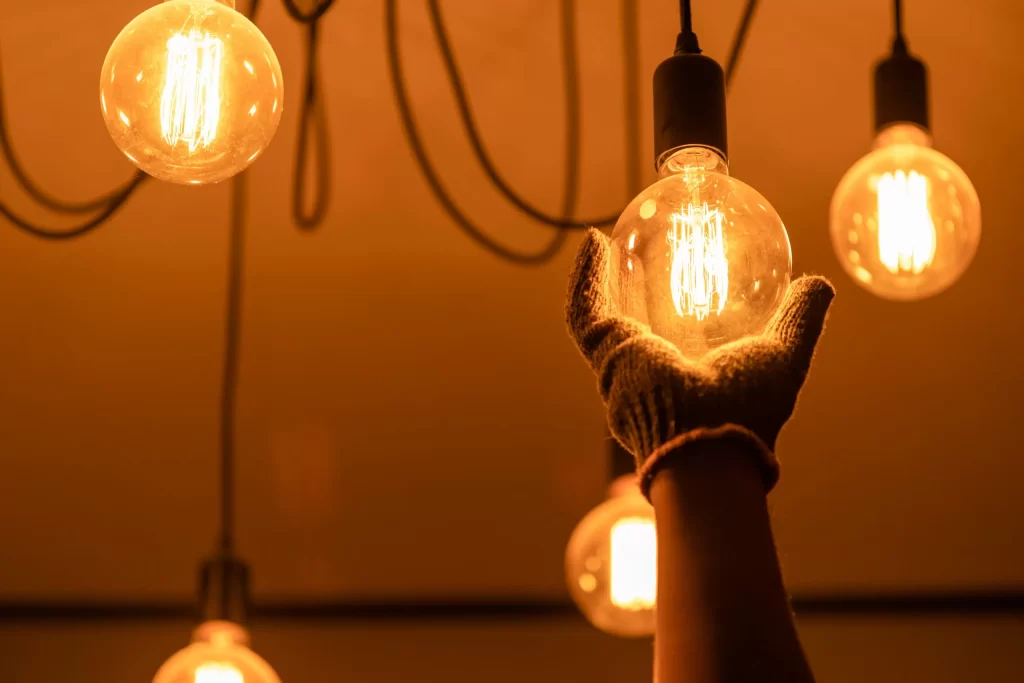
6. Utilize Smart Technology to Mitigate Future LED Lighting Problems
Proactive maintenance can significantly diminish the chances of LED failures and extend their operational lifespan. Below are some best practices to consider:
- Always opt for LED strips and fixtures that bear the RCM (Regulatory Compliance Mark) and conform to Australian standards.
For further insights, consult resources from the Australian Lighting Council. - Ensure that your electrician confirms that drivers and dimmers are rated for LED loads to avoid compatibility problems.
- Maintain sufficient cooling and ventilation behind downlights or strips to avert overheating.
- Avoid connecting different batches of LED strips in series, as voltage mismatches can lead to failures.
- Schedule an electrical inspection every 3 to 5 years, particularly for integrated lighting circuits, to ensure ongoing safety and compliance.
When Is It Crucial to Consult a Licensed Electrician?
If you encounter any of the following issues, immediately cease using the circuit and contact a qualified electrician:
- Warm or hot light fittings or driver units
- Discoloured or charred wiring insulation or terminal blocks
- Lights that go completely dark after a DIY fix
- Multiple lights on a circuit failing in rapid succession
In Victoria and across Australia, any mains-voltage lighting installations, wiring alterations, or fault-finding must be conducted by a licensed electrician, adhering to the standards established by AS/NZS 3000:2018 and state licensing requirements. Engaging in DIY work may void product warranties, insurance coverage, and could breach legal regulations.
Proven Strategies for Effectively Maintaining Your LED Lighting System
LED lighting offers unmatched efficiency, durability, and design flexibility, but these benefits can only be realized when systems are properly installed and maintained.
If your LED lights are malfunctioning or flickering, the underlying cause typically relates to the driver, wiring connections, dimmer compatibility, or load issues, rather than the LED unit itself.
For homeowners in Melbourne’s outer eastern suburbs, the most effective method is to consult a licensed electrician who is knowledgeable about local regulations and lighting standards. While addressing the light itself may appear straightforward, ensuring its ongoing reliability and safety is where the true value lies.
The Article: Fix LED Lights Not Working: Essential Tips for Homeowners first appeared on https://writebuff.com
The Article LED Lights Not Working? Essential Tips for Homeowners Was Found On https://limitsofstrategy.com
The Article LED Lights Not Working? Key Solutions for Homeowners First Appeared ON
: https://ad4sc.com


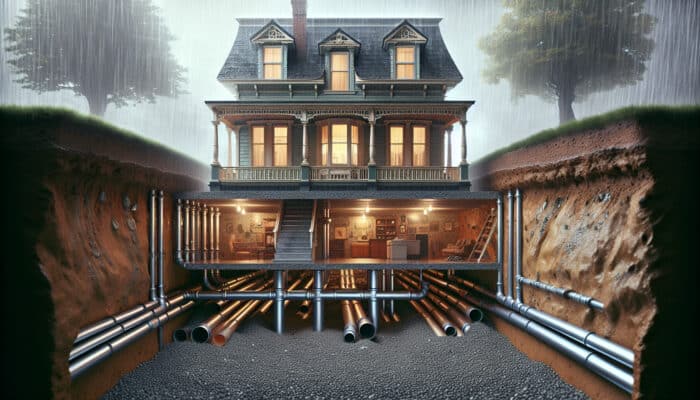


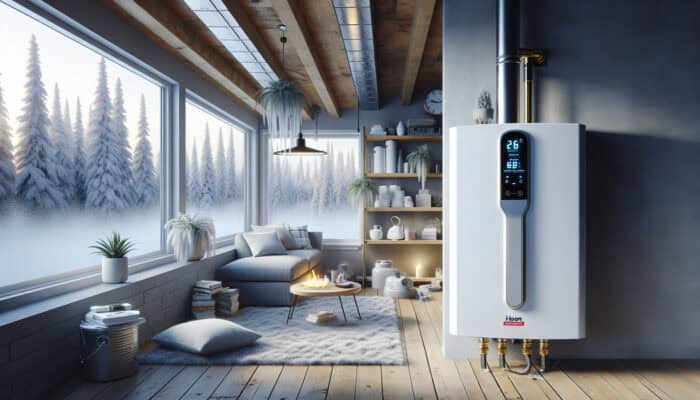

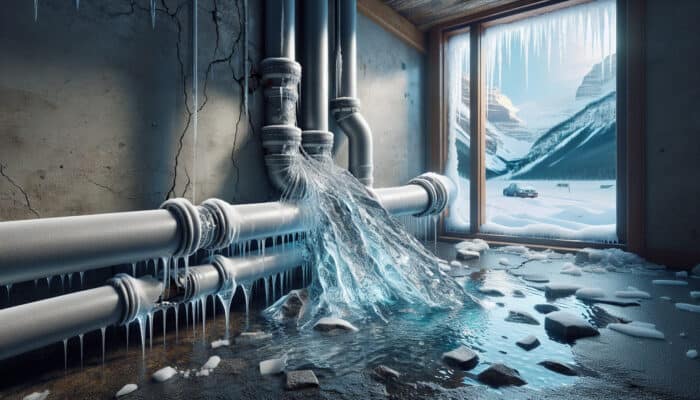

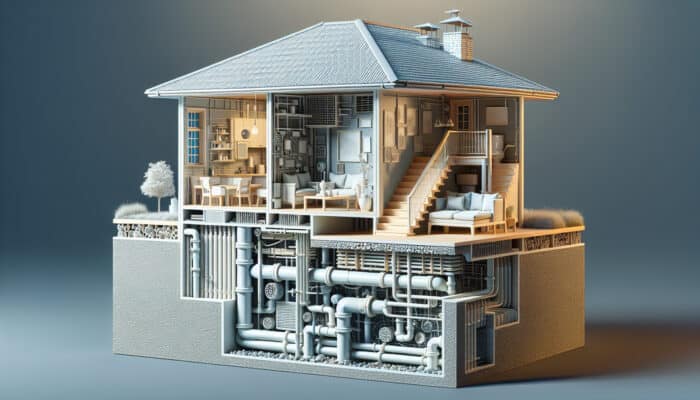
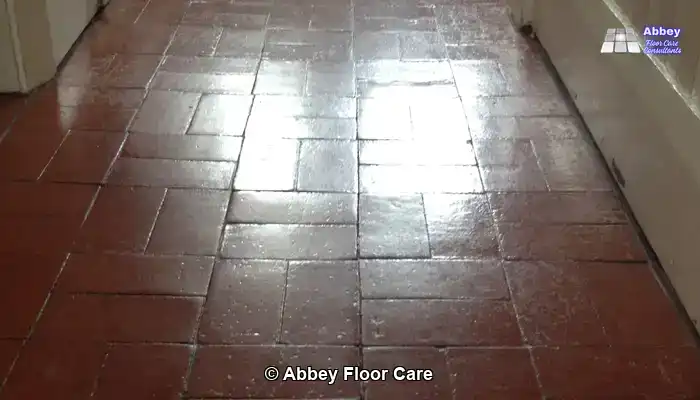




Leave a Reply